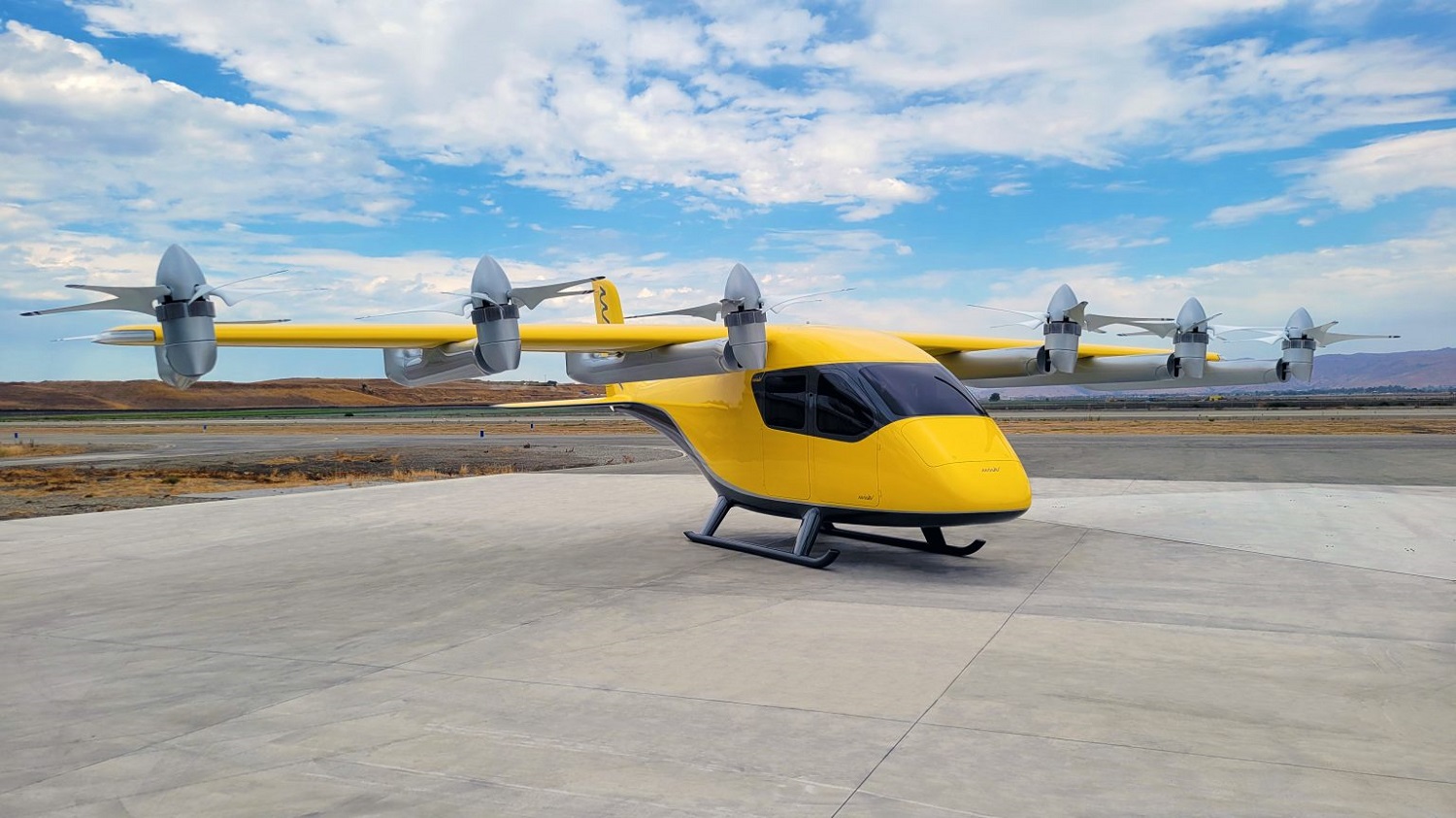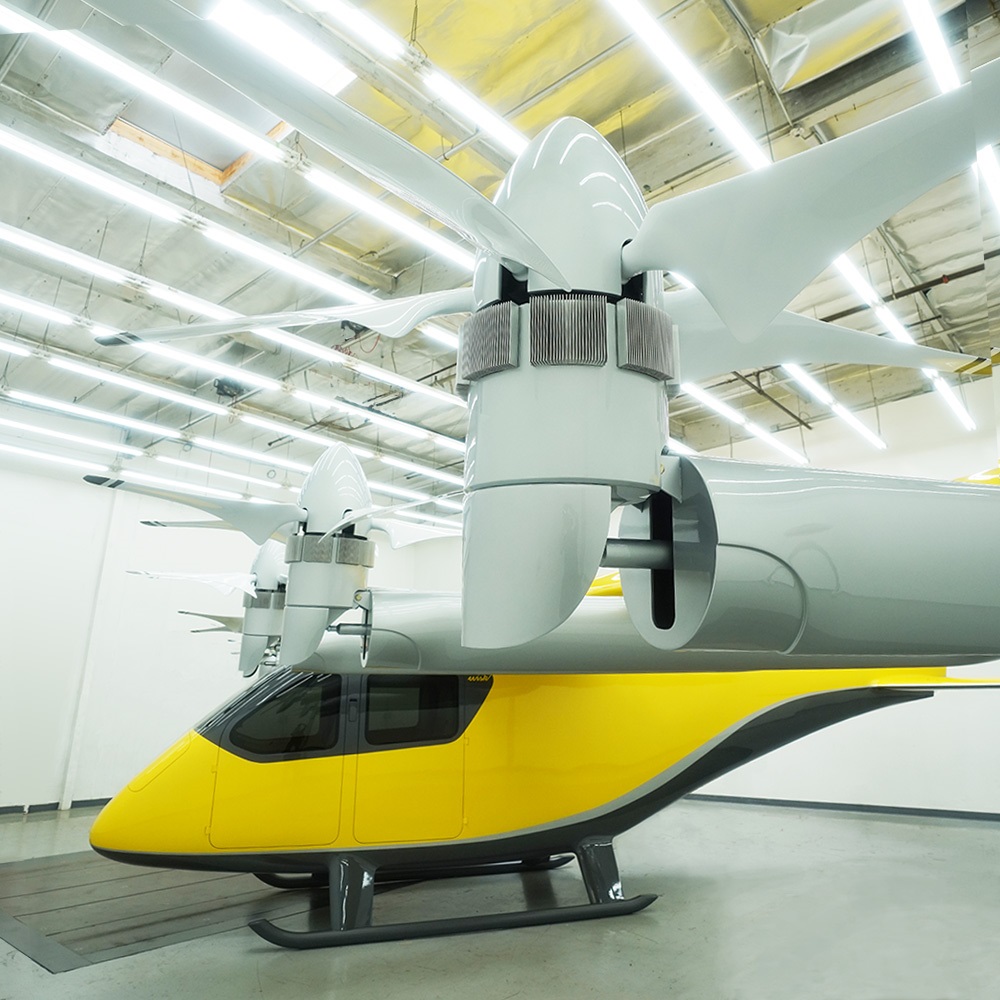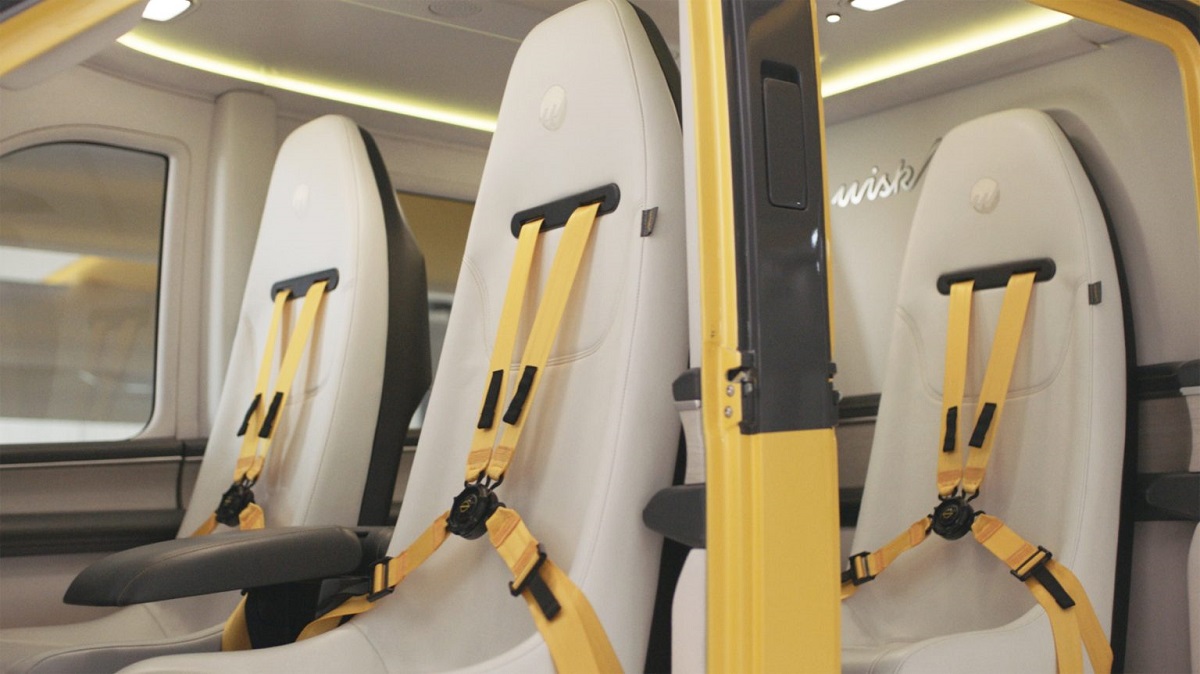Wisk Aero unveils its new eVTOL
Advanced air mobility (AAM) solutions developer Wisk Aero unveiled its Gen 6, or sixth-generation, electric vertical take-off and landing (eVTOL) aircraft. It is the world’s first fully electric, autonomous air taxi and can carry up to four passengers.
The prototype represents the first step in the company’s entry into the urban air mobility vehicle market. Wisk Aero will seek to obtain the type certification of the model from the United States Federal Aviation Administration (FAA).
«Our sixth-generation aircraft is the culmination of years of hard work from our industry-leading team, learnings from our previous generations of aircraft, commitment from our investors, and the evolution and advancement of technology», said Gary Gysin, CEO of Wisk Aero.
Since 2010, the company has designed, developed and tested five generations of electric aircraft. In that period, it completed more than 1.600 test flights with one of the largest full-scale eVTOL fleets in the world.
In 2017, it became the first American company to successfully conduct a test flight of an autonomous electric air vehicle. Since then, the company has been working on developing aircraft and urban air transport solutions with low environmental impact, as well as on their safe integration into existing airspace.




Specifications and performance
According to its developer, the sixth generation of its eVTOLs has a wingspan of 50 feet (15 metres) and the capacity to carry up to four passengers. It offers a range of up to 90 miles (144 kilometres), can reach a maximum altitude of 4.000 feet (1.219 metres) and a speed of up to 120 knots (222 kilometres per hour).
The aircraft is powered entirely by electric power sources and can fly autonomously. However, Wisk Aero developed a human-monitoring system to support each operation. It also includes new safety technologies and improved capabilities for detection and avoidance of other airplanes.
The sixth generation flies thanks to the thrust of twelve propellers distributed both in the front of the wings (for horizontal flight) and in the rear sector (for vertical lift in take-off and landing manoeuvres).
According to Wisk Aero, its autonomous air taxi aims to provide an accessible service to the general public. The company says the ultimate goal is to be able to offer low-emission urban air connectivity at a price of three dollars per passenger and per mile.
In addition, the company highlighted the incorporation of a number of accessibility improvements, including an entrance and exit gate designed for people with mobility difficulties and user interfaces that adapt to people with hearing or vision problems.
See also: Urban air mobility: Boeing and Wisk Aero unveil concept of operations


Para comentar, debés estar registradoPor favor, iniciá sesión